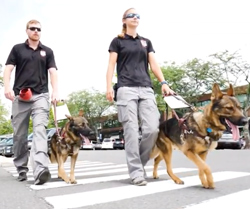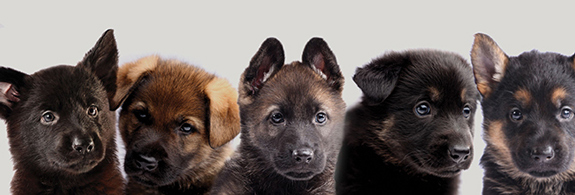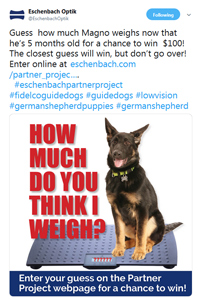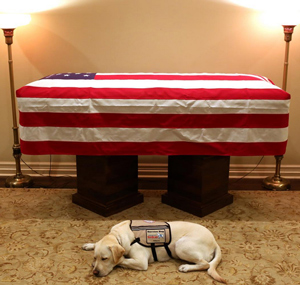 A few months ago, I had an interesting commute home to Connecticut from New York City. If you know anything about commuting in and out of the city, “interesting” does not always translate into a positive experience, but this particular trip home would turn out to be an eye opener for me. As I made my way from the subway to the shuttle which would take me to Grand Central Station, I was struck as I often am at the hordes of people, coming and going in zigzag patterns, usually walking but sometimes running right at me. Actually making it to the platform can make you feel a bit like a running back who’s just completed a long run upfield and when you finally arrive you think, touchdown!
A few months ago, I had an interesting commute home to Connecticut from New York City. If you know anything about commuting in and out of the city, “interesting” does not always translate into a positive experience, but this particular trip home would turn out to be an eye opener for me. As I made my way from the subway to the shuttle which would take me to Grand Central Station, I was struck as I often am at the hordes of people, coming and going in zigzag patterns, usually walking but sometimes running right at me. Actually making it to the platform can make you feel a bit like a running back who’s just completed a long run upfield and when you finally arrive you think, touchdown!
That night, I found myself standing next to a middle-aged woman with a guide dog, both patiently waiting for the shuttle to chug in. I thought about my own trip here and wondered what must it have been like for her to get through this crowd of evening commuters. I eyed the dog and thought at least she had some assistance. But the idea of both of them maneuvering the gap between the platform and the train was weighing on my mind. The dog did not exactly look spry but I could tell the two of them were probably old friends. And despite the usual chaos at Times Square they both seemed remarkably calm.
I hesitated to offer my assistance, thinking I should mind my own business as NYC commuters often do. But something told me to ask if they needed a hand, and I knew I would regret it later if I didn’t offer to help her.
I was also aware that one should never assume help was needed or always wanted. It was important to ask before helping, so as not to intrude upon the rhythm and routine that many guide dogs have with their owners. And so, right before the train arrived, I casually asked if she needed a hand boarding the shuttle. To my surprise, she eagerly agreed and taking my arm we got on the train first as people made way for the three of us, not a typical subway experience.
I found out a lot about Laura on our short trip to Grand Central. She lived in Westchester County and to my surprise, came to the city every day for her job downtown. As we approached Grand Central I offered to walk her to her train track. I asked her which train she was catching and without missing a beat she said “the 6:15 which is coming in on track 35.” As we made our way through the crowds I asked if I was walking too fast for her. She gently chided me saying that I was slowing them down and that they usually moved much faster.
Suddenly we were upstairs saying goodbye at Track 35. I shook Laura’s hand and told her how much I enjoyed meeting her. And as I watched them walk away I marveled at how confident and brave she was to make that roundtrip trek every day with her trusty dog. I may have missed my train but I wouldn’t have had it any other way. For a little while that night, I got to know what it was like for her to get from Point A to Point B, relying on her guide dog and the kindness of strangers.

Guide Dogs in Training
Last fall, in celebration of their 105th anniversary,
Eschenbach Optik of America, Inc. announced a
partnership with the
Fidelco Guide Dog Foundation, a leading guide dog nonprofit. The partnership, called the Eschenbach Partner Project, includes Eschenbach’s financial commitment to the breeding, raising and training of one of Fidelco’s elite German Shepherd guide dogs. The partnership between Eschenbach and Fidelco hinges on their similar missions: to make life easier, safer and more productive for people with vision problems. While Eschenbach creates vision enhancing technologies, Fidelco trains and breeds exclusively German Shepherd guide dogs that help people with low to no vision live safer, easier lives.

Eschenbach’s commitment to a Fidelco guide dog is substantial. According to Eliot Russman, president and CEO of Fidelco, guide dogs require 15,000 hours of training, which costs $45,000. In fact, guide dogs rack up more training hours than American children spend in school from kindergarten through college.
Through the partnership with Fidelco, Eschenbach will sponsor the Fidelco German Shepherd guide dog over a two-year period for one of the Fidelco’s qualifying clients who will be given the guide dog free of charge. Those interested in following the progress of the guide dog benefitting from the Eschenbach Partner Project can watch as he goes through this extraordinary journey online at
https://www.eschenbach.com/partner_project.asp. The puppy, Magno, was born just before Vision Expo West 2018. Here’s an update from Eschenbach on his progress:
“Magno is now 5 months old and has accomplished so much, including earning his red jacket. Fidelco Guide Dog puppies undergo one of many tests on their road to becoming a working Guide Dog. To earn their red jacket, they must successfully complete an assessment walk to see if they have the temperament and skills necessary to begin training in public. This socialization is an important building block on their journey to becoming a Fidelco Guide Dog and Magno has passed with flying colors.”
For more on how guide dogs are trained, check out this
article from The New York Times about a guide dog school that turns to Manhattan as a final exam for its prospective canine graduates by using “the chaos of New York City as its ultimate test when matching young dogs with their blind masters.” The article follows several dogs from the Seeing Eye, a guide dog school in Morristown, N.J. as they maneuver the obstacles of Manhattan after several months of training.

And finally, here’s an
update on one of the world’s most famous service dogs, Sully, George H.W. Bush’s constant companion. The yellow lab, “captured the nation's attention ahead of Bush's funeral this past December, after Sully's official Instagram account put out an image of him in front of Bush's casket.” Currently, he’s getting ready to start his second act for his new job as a facility dog at Walter Reed National Military Medical Center.